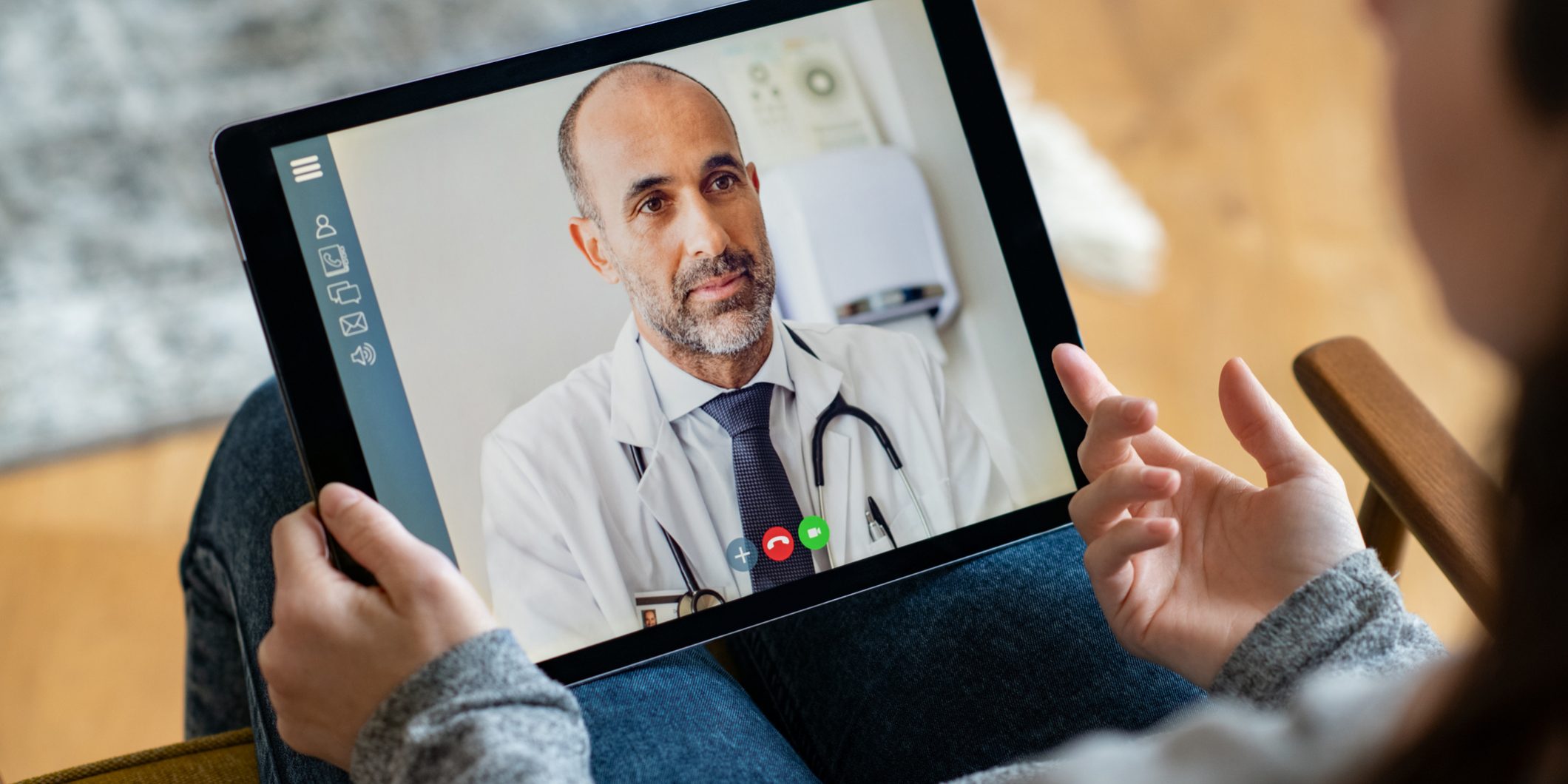The COVID-19 crisis has brought to the fore a cost-saving approach to medical care for injured workers being treated through the workers’ compensation system: telemedicine.
Telemedicine has in recent years only slowly been taking hold in workers’ compensation, as doctors and injured workers both value that hands-on time they have when they meet. But often a face-to-face appointment may not be necessary for minor injuries, and this is where telehealth visits are playing a key role during this time of social distancing.
Proponents of telemedicine in workers’ comp say that doctors, nurses and other medical personnel can triage patients and the care they require, provide follow-up treatment as needed, and identify complications requiring further attention during telemedicine appointments.
For injured employees, this type of support can expedite their recovery and the ability to resume their responsibilities faster, studies have found.
Already the COVID-19 pandemic has forced the cancellation or postponement of many physician visits and physical therapy appointments. These facilities may have closed or are operating on a limited capacity, and many injured workers are also loath to go to their doctor or physical therapy appointment out of fear of contracting the disease.
The benefits
Cancelling these appointments can significantly impede recovery and delay return to work, so many services that can be moved to virtual meetings are being moved to the video format. The benefits are many:
- There is less chance of contracting COVID-19.
- Shorter wait times.
- The worker has immediate access to care and therefore the healing process can begin more quickly.
- Visits are more efficient.
- Injured employees do not have to drive to the doctor’s office, nor do they have to sit in the waiting room.
- Caregivers can conduct real-time monitoring of patients with chronic illness (because the worker can communicate more regularly with the treating physician’s office).
- Injured workers in remote locations can benefit from some level of medical assessment.
- Injured workers can be connected with specialists more easily.
- Telemedicine reduces overall treatment costs (some insurers that have rolled out video visits for certain workplace injuries report savings of up to 50% on such claims).
- Injured employees have access to video follow-up visits at any time, which is not possible for face-to-face meetings.
How it works
Telemedicine has been slowly rolling out in workers’ compensation since about 2016, but due to the COVID-19 crisis demand has risen exponentially.
This is how virtual visits work under systems being utilized by many workers’ comp insurers.
An employee suffers a severe sprain of their shoulder while working. If the injury is not an emergency, the employer has the worker call a nurse case manager using the workers’ compensation insurer’s injury hotline. The nurse case manager would be trained in acute injuries, akin to an emergency room nurse.
The nurse will ask the employee questions to determine if the injury can be handled over the phone or if they need to come in for treatment.
If the nurse deems that the case is not urgent and can be handled using home remedies and stretching and icing or using heat, they can ask the worker if they want to do a virtual visit using a smartphone, tablet or laptop.
The choice to use telemedicine will be up to the individual. If they want to see a doctor face to face or the nurse recommends that they do, they will be sent to a clinic or even an emergency room, depending on the severity of the injury.
Clearly, serious or life-threatening injuries are not suited for a virtual visit and would need to be sent to the emergency room immediately.
But scrapes, small cuts, strains and sprains have the potential for being handled via telemedicine. These injuries account for the majority of workplace injuries.
The takeaway
With the COVID-19 pandemic growing once again and more people back on the job, telemedicine continues expanding in the workers’ compensation system as it is an ideal way to keep injured employees and treating physicians and nurses safer by limiting face-to-face time with one another.
The technology for these types of meetings is already in use and COVID-19 may forever change how workers with non-severe injuries are treated along the course of their injury.


